| WAT LAISO (วัดลายสอ) |
| Wat Laiso is located off the main island in the northern part of Ayutthaya. This ruin is situated in a swampy area between Khlong Sra Bua and Khlong Pla Mo - both canals are now partially buried and seldom used. The nearest, easy-to-find, landmark is Wat Chao Ya; however, Wat Laiso is one of the most difficult ruins to access. It is found in a remote area that is covered in heavy vegetation. Residential areas prevent motor vehicles from ever reaching it, and larger boats are also hindered due to the blockage of both canals upstream. The only way to access Wat Laiso is by using a small boat to paddle around the vegetation-laden pond situated in front of the ruin, and there are only a few places where such a boat could possibly be launched. Use caution when attempting to visit this site. There are a variety of poisonous snakes and a number of parasitic critters in the vicinity. Wat Laiso was built with an east/west axis. Given its remote location and ongoing problems with seasonal flooding, it is somewhat surprising to find that several structures have survived. There is a large bell shaped chedi in situ. This has greatly eroded, but there are still several stucco rings viewable around the base of the relic chamber. However, the relic chamber itself has been greatly plundered by looters. A large hole has been tunneled completely through the relic chamber and several niches have been dug out in order to find valuables. At least four large holes have been burrowed inside it. On the southern side of this chedi, there is clear evidence that additional layers were added to the original at later dates. As a result, the chedi’s size was expanded at least twice while the temple was still in operation. The chedi’s harmika and spire are gone; presumably buried by vegetation somewhere nearby. In front of the chedi (to its east) is a single wall of a former sermon hall. A large Bodhi tree has grown from the top of the wall downward and covers a major portion. There is stucco on one side of the wall, but its thickness implies that this mortar was added at a later date (perhaps as a form of protection). The other walls of the sermon hall have crumbled to the ground below leaving a large mound in situ. In addition, there is also a small chedi on site. The small circular chedi was probably bell-shaped at one point, but erosion over the years has partially changed its shape. It is now completely flat on the top and has lost most of its stucco. Looters have dug a hole into the small chedi as well. A surprisingly large number of Buddha images are still in situ, and some of them are fairly large. For the most part, these Buddha images consist of only the lower portion, which are crossed legged with chiseled feet and hands still visible. There are also a few mid- portions with robe-covered chests; however, no heads are viewable above the ground. In addition, there are clear traces of monastery walls around Wat Laiso and evidence of a former moat. Unfortunately, the history of this monastery has not survived. There is almost nothing known about it or when it was originally established. Its architecture suggests that it was designed in the Middle Ayutthaya period. It must have had some importance to the local community as its primary chedi was expanded at least twice, which suggests that it once had significant funding. The Fine Arts Department’s 1957 guidebook shows that a third canal (Khlong Pha Lai) flowed from east to west just north of Wat Laiso and Wat Raeng. This later canal was used to strategically connect Khlong Sra Bua and Khlong Pla Mo, and this prime location may have contributed the temple’s construction. Nevertheless, Wat Laiso is curiously missing on Praya Boran Rachathanin’s 1926 map, and it doesn’t appear by name on any map until 1993, when the Fine Arts Department mentions it. |

| Text & photographs by Ken May - September 2009 Updated December 2014 |
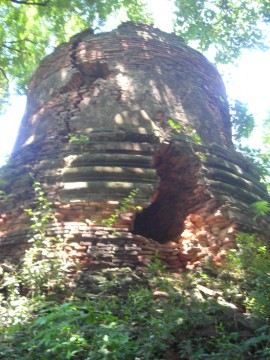
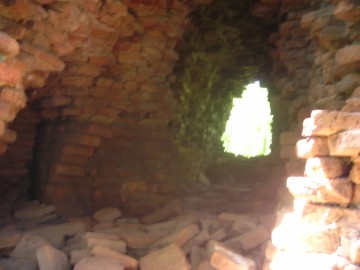
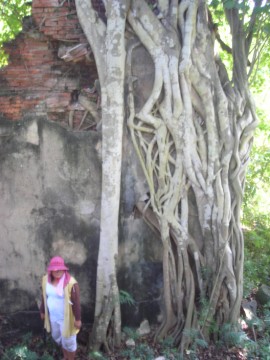
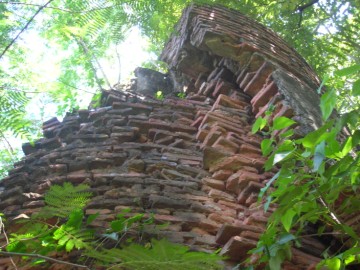
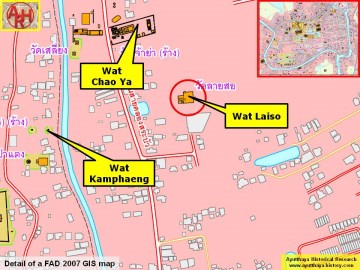
| (Detail of a 2007 Fine Arts Department GIS map - Courtesy of the Fine Arts Department - 3th Region) |
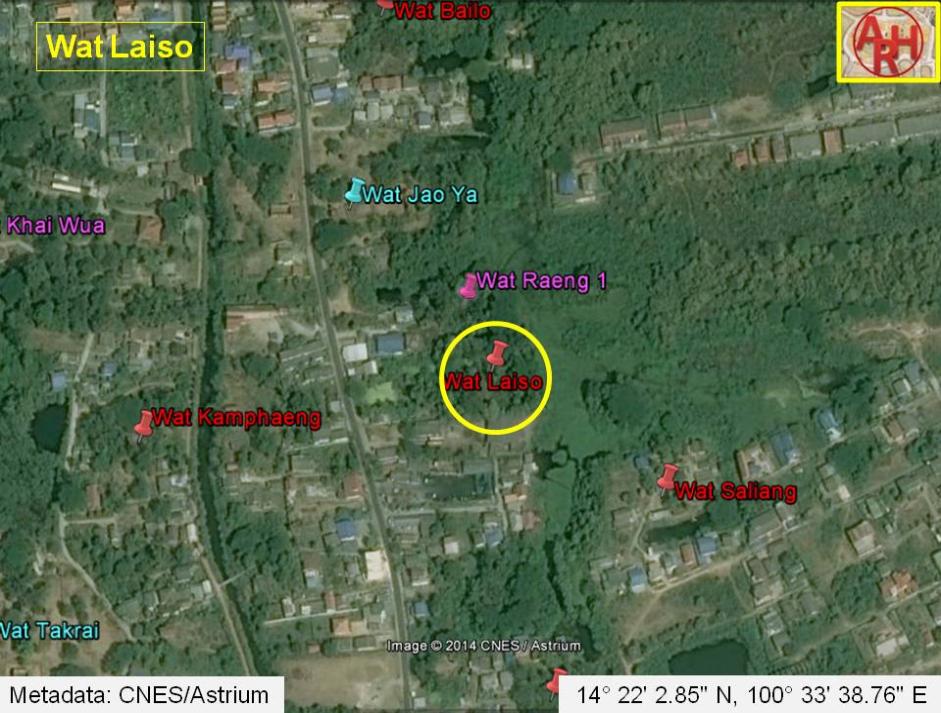
| (View of the ruined chedi) |
| (View of the ruined chedi) |
| (View of the ruined chedi) |
| (Traces of looting clearly visible) |